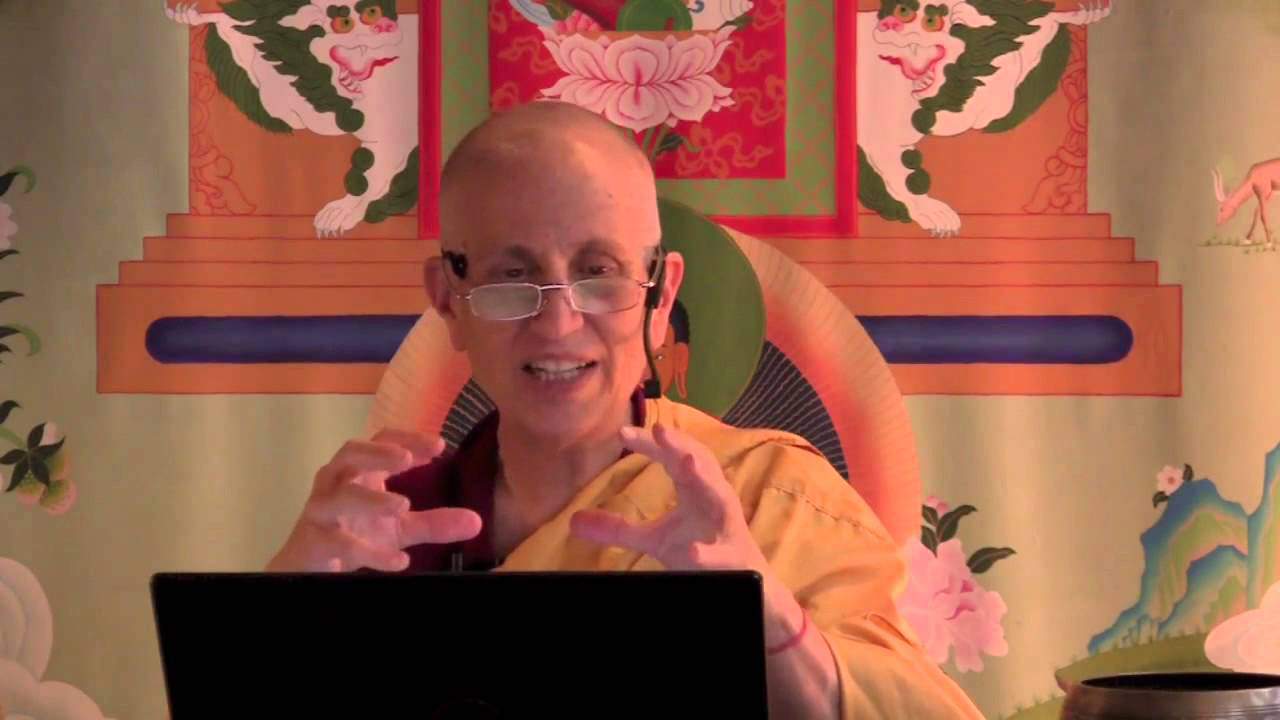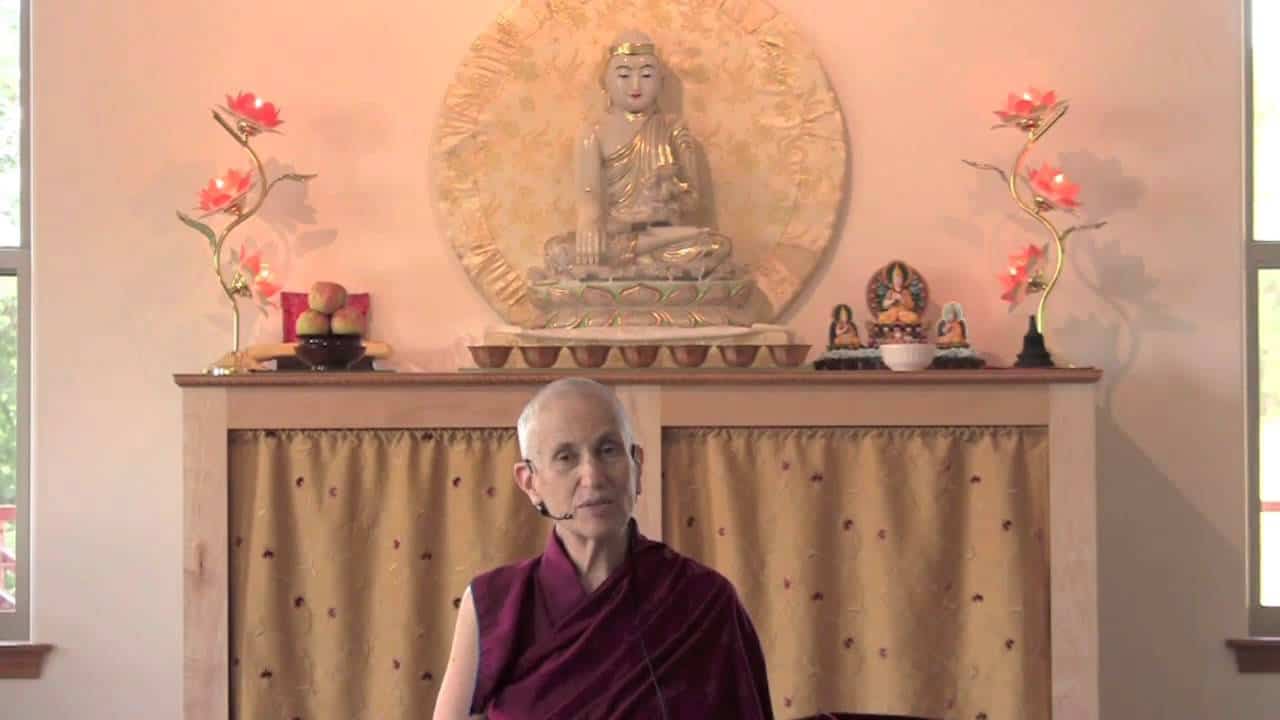What to do during the meditation session and between sessions
The text turns to meditation and how to structure the meditation session. Part of a series of teachings on the Gomchen Lamrim by Gomchen Ngawang Drakpa. Visit Gomchen Lamrim Study Guide for a full list of contemplation points for the series.
- We create our reality on what we attend to and emphasize
- The Dharma is trying to get us to see things more realistically and in a more beneficial way
- How to meditate in general
- How to conclude the meditation
- The four practices for Dharma understandings to arise easily
- Controlling the senses
- Eating appropriately
- Sleeping properly
- Mindfulness and introspective behavior—be aware of what your are doing
- Why it’s necessary to meditate using both meditation methods—developing stability and cultivating analysis
- How the lamrim meditations make it easier to meditate in general and develop meditative stability
- Refuting misconceptions about the two methods of meditation
- One person does not use both methods
- Scholars practice analytic meditation and yogis practice stabilizing meditation
- All conceptions are useless and should be eliminated
- If a lot of analytical meditation is done prior to developing meditative stability it becomes and obstacle
- One person does not use both methods
Gomchen Lamrim 07: The actual meditation session (download)
Contemplation points
- In the introduction, Venerable Chodron challenges us to investigate our view on the world; how our interpretations and where we put our attention determines our experience. Take some time to look for the goodness in the world. Take some time to also recognize all the opportunities in your life. How does a change in the where you put your attention change your experience?
- The day of a practitioner is divided into our formal session time and the time in between sessions. These influence each other. What can you do in between sessions to better keep your mind in the Dharma? What can you do to bring what you meditate on into your experience the rest of the day?
- Along those same lines, the text encourages us to use our in between session time to create merit and purify negativities. Are there things you can bring into your daily life to accomplish these two? What are ways you can transform mundane things you are already doing so that these activities become acts of creating merit and purification?
- Consider the four causes for serenity and insight to arise easily: controlling the senses, eating with moderation, sleep only as much as the body needs and immerse the mind in the Dharma before going to sleep, being aware of what we’re doing with our body, speech, and mind in the break-time. What role does not being mindful of these four play in experiencing hindrances in your practice? What can you do to strengthen these four?
- Think about the two meditation methods (serenity and insight). Why do we need to cultivate both in our practice?
Venerable Thubten Chodron
Venerable Chodron emphasizes the practical application of Buddha’s teachings in our daily lives and is especially skilled at explaining them in ways easily understood and practiced by Westerners. She is well known for her warm, humorous, and lucid teachings. She was ordained as a Buddhist nun in 1977 by Kyabje Ling Rinpoche in Dharamsala, India, and in 1986 she received bhikshuni (full) ordination in Taiwan. Read her full bio.


